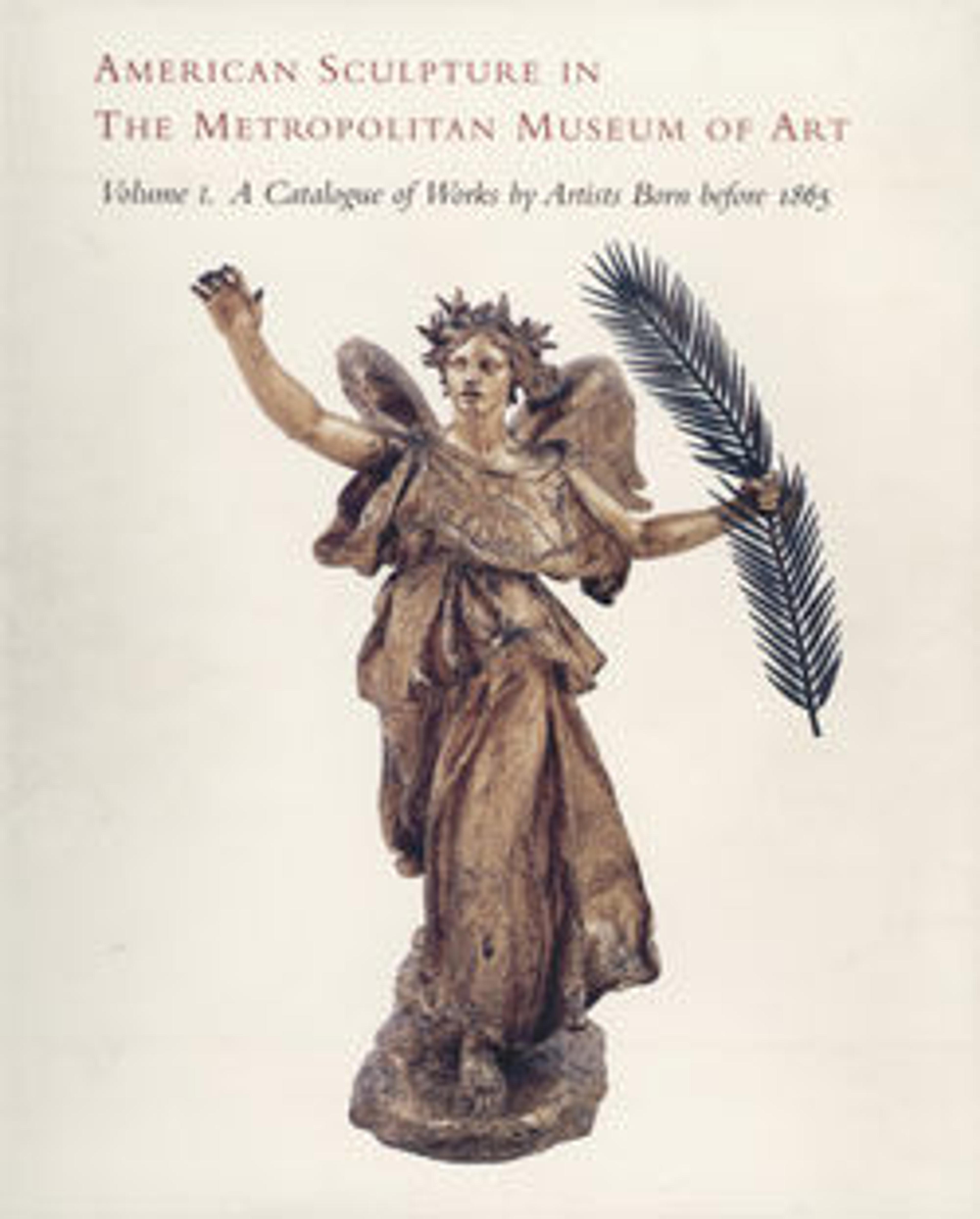Henry Clay
Encouraged by the commercial success of his "Daniel Webster" statuette (69.219.2), Ball modeled "Henry Clay" in Boston as a companion piece." By pairing Webster and Clay, Ball was alluding to their foremost roles in the negotiation of national compromise in the pre-Civil War era. Clay (1777–1852) held many offices on the federal level during his long career and came out of retirement in 1850 to orchestrate the Compromise of 1850, an effort to prevent open hostilities between the North and the South over the expansion of slavery. Ball strove for a realistic representation of Clay, but he never saw him in person, and so relied on photographs and other images of the sitter. Ball posed Clay in contemporary dress and in a modified contrapposto stance. He grasps a rolled document in his hands and looks to his left. To his left is a draped broken column, which on a symbolic level represents fortitude. Although the figure is characterized by broad planes, smooth surfaces, and high polish, there are such naturalistic details as the animated face and the bulging vein in the center of Clay’s forehead. Along with "Daniel Webster," "Clay" is one of the earliest bronze statuettes cast in the United States. The Ames Foundry in Chicopee, Massachusetts, where this piece was produced, mastered the sand-casting process during the 1850s, producing works of remarkably high quality. "Clay" was cast in several pieces--figure, column, base--and then assembled. The Metropolitan’s cast maintains its original lacquer-type patina.
Artwork Details
- Title:Henry Clay
- Artist:Thomas Ball (American, Charlestown, Massachusetts 1819–1911 Montclair, New Jersey)
- Founder:Cast by Ames Manufacturing Company (American, Chicopee, Massachusetts, 1834–1935)
- Date:1858
- Geography:Made in Pennsylvania, United States
- Culture:American
- Medium:Bronze
- Dimensions:30 1/2 x 12 3/4 x 10 3/4 in. (77.5 x 32.4 x 27.3 cm)
- Credit Line:Morris K. Jesup Fund, 1995
- Object Number:1995.599
- Curatorial Department: The American Wing
More Artwork
Research Resources
The Met provides unparalleled resources for research and welcomes an international community of students and scholars. The Met's Open Access API is where creators and researchers can connect to the The Met collection. Open Access data and public domain images are available for unrestricted commercial and noncommercial use without permission or fee.
To request images under copyright and other restrictions, please use this Image Request form.
Feedback
We continue to research and examine historical and cultural context for objects in The Met collection. If you have comments or questions about this object record, please contact us using the form below. The Museum looks forward to receiving your comments.
